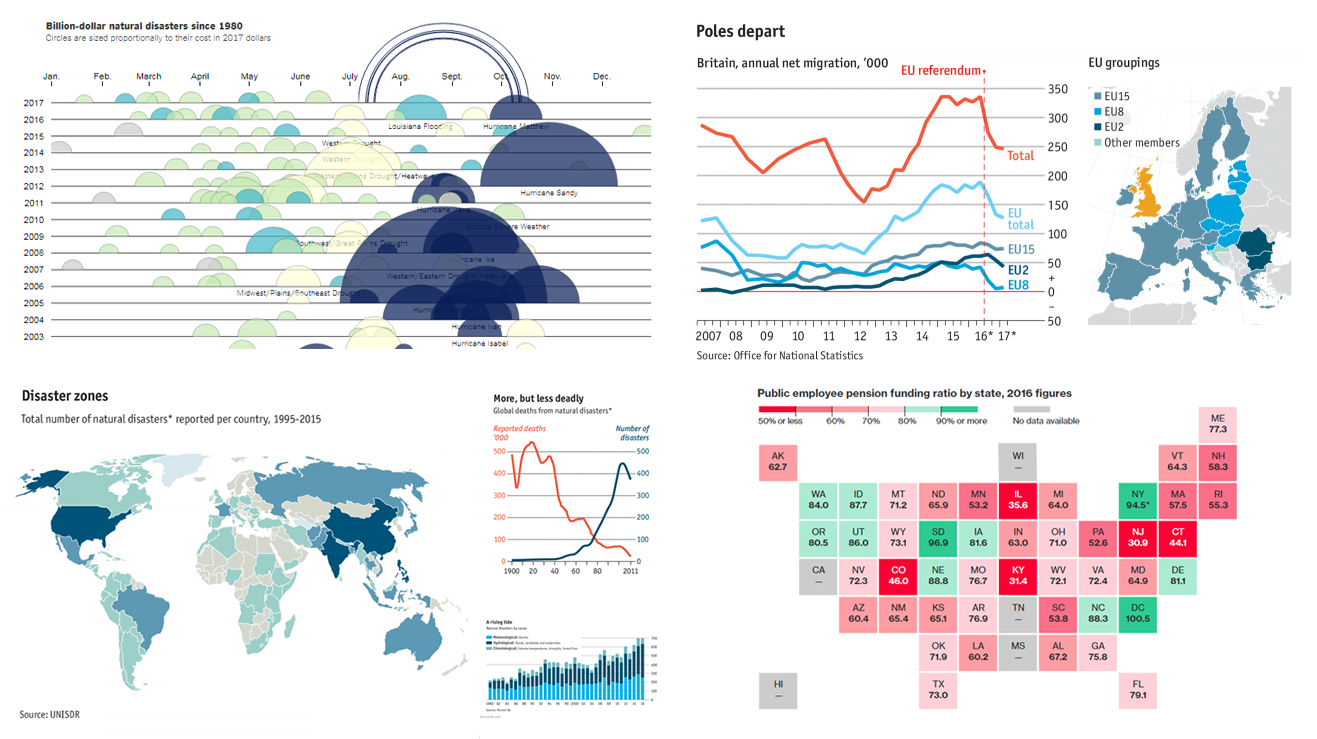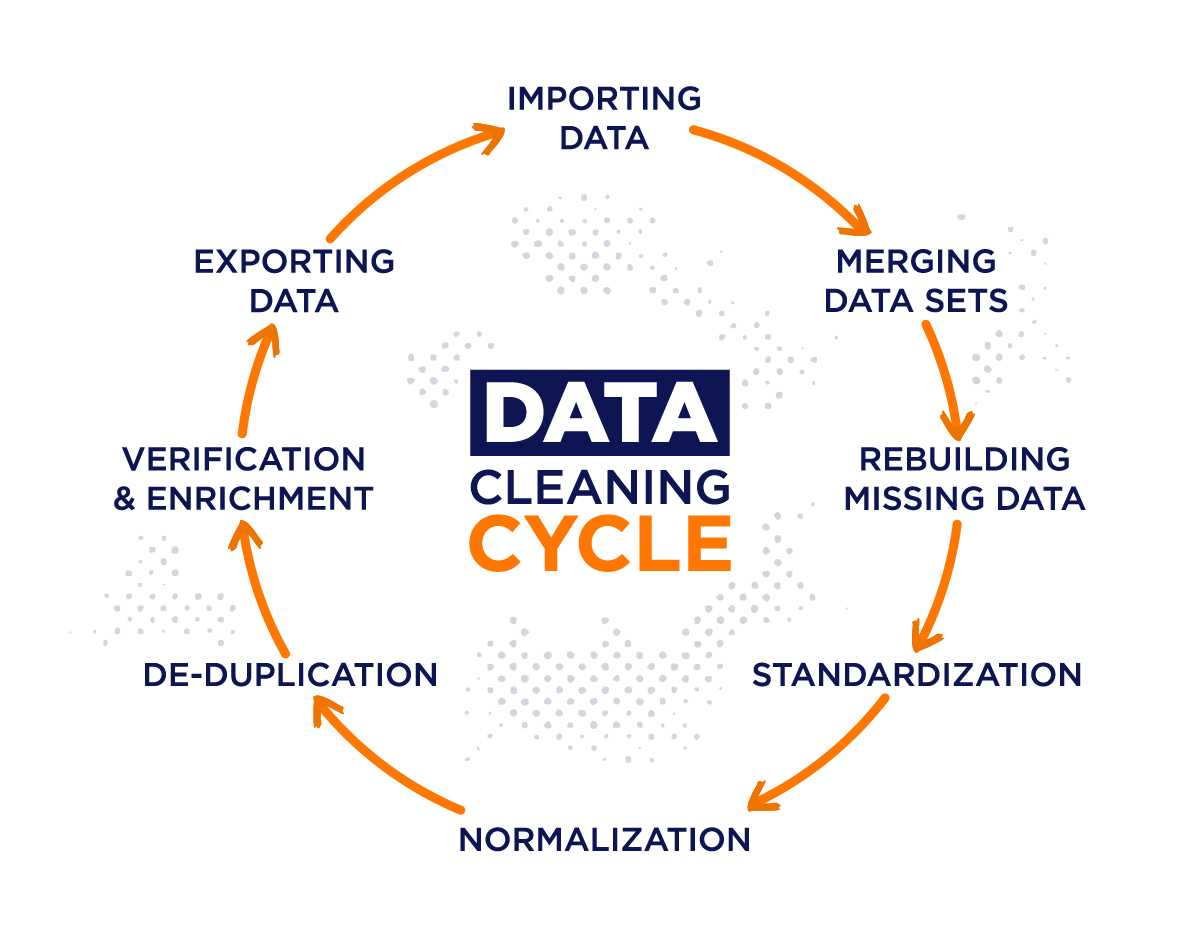Unlocking the Power of Data: A Comprehensive Guide to Data Analytics Tools
In today’s data-driven world, the importance of utilizing data analytics tools cannot be overstated. From analyzing customer behavior to predicting market trends, these tools play a vital role in helping organizations make informed decisions. With the rapid advancements in technology, data analytics tools have become indispensable for businesses looking to stay competitive in the digital age. This guide will explore the latest tools, techniques, and best practices to empower organizations with the insights needed to optimize operations, enhance customer experiences, and drive growth. Whether you are new to data analytics or looking to enhance your existing knowledge, this comprehensive guide will help you navigate the world of data analytics tools effectively.

Unleashing the Potential: Mastering Data Analytics Tools for Informed Decision-Making
Data analytics tools are the cornerstone of informed decision-making, offering a competitive advantage by transforming raw data into actionable insights. By leveraging these tools, organizations can dissect complex datasets to unveil patterns and trends, fueling strategic choices. Stay ahead by embracing cutting-edge technologies and adopting best practices in data analytics to unlock the power of data. Harness the potential of data to drive informed decision-making and gain a competitive edge.

Mastering Data Preparation and Cleaning for Accurate Analysis
Importance of Data Preparation and Cleaning
Data preparation and cleaning are essential steps in the data analysis process. By ensuring data accuracy and consistency, organizations can produce reliable and actionable insights. Without proper cleaning, analytical results may be skewed, leading to inaccurate decision-making. Understanding the significance of this foundational step is crucial for effective data analysis.
Effective Techniques for Ensuring Data Quality
Handling missing values, outliers, and inconsistencies is a key aspect of data preparation. Techniques such as imputation for missing values, outlier detection algorithms, and normalization methods help maintain data integrity. By applying these techniques meticulously, analysts can enhance the quality and reliability of their datasets for accurate analysis.
Utilizing Data Visualization Tools for Quality Assurance
Visualizing data is a powerful method to detect patterns and anomalies during data preparation. Visualization tools like histograms, scatter plots, and box plots enable analysts to identify trends, outliers, and inconsistencies visually. By leveraging these tools, analysts can ensure data quality, uncover hidden insights, and lay a strong foundation for accurate data analysis.

Delving Deep into Exploratory Data Analysis: Uncovering Hidden Insights
Techniques for Visualizing and Summarizing Data
Exploratory Data Analysis (EDA) involves employing various visualization and summary techniques to unveil initial data trends. Visual aids like histograms and scatter plots help in understanding data distributions and relationships. Summary statistics such as mean, median, and standard deviation provide a snapshot of the dataset, aiding in the identification of potential outliers and patterns.
Unveiling Trends, Patterns, and Relationships
During EDA, analysts delve into the data to uncover trends, patterns, and relationships that may not be initially apparent. By scrutinizing data through visualizations and statistical analysis, hidden correlations and anomalies can be brought to light. This process enables data scientists to extract valuable insights that drive informed decision-making and strategy formulation.
Employing Statistical Methods for Hypothesis Testing
In EDA, statistical methods play a crucial role in testing hypotheses and drawing meaningful conclusions from data observations. Techniques like hypothesis testing, correlation analysis, and regression models help validate assumptions and provide evidence-based insights. By systematically analyzing data through statistical tools, analysts can confidently make data-driven recommendations and predictions.
By mastering the art of Exploratory Data Analysis (EDA), analysts can unlock the hidden power within datasets, transforming raw information into actionable insights that drive business success. Through a combination of visualization techniques, pattern recognition, and statistical methods, data analysts can delve deep into the data, revealing invaluable insights that shape strategic decisions and unlock new opportunities.

Unleashing the Potential of Predictive Analytics in Shaping Future Outcomes
Understanding Predictive Analytics
Predictive analytics empowers organizations to forecast future trends and outcomes by analyzing historical data patterns. It allows businesses to gain insights into potential scenarios, enabling proactive decision-making based on data-driven predictions.
Diverse Predictive Modeling Techniques
In the realm of predictive analytics, various techniques like regression analysis and machine learning algorithms are utilized to create models that can predict future outcomes accurately. These methods help in extracting valuable insights from data to foresee trends and make informed strategic choices.
Harnessing Predictive Analytics for Enhanced Performance
By leveraging predictive analytics, businesses can optimize their marketing strategies, enhance customer retention programs, and mitigate risks effectively. This powerful tool enables organizations to anticipate customer behavior, tailor offerings, and make proactive decisions to stay ahead in a competitive landscape.
Incorporating predictive analytics into your data analytics arsenal can revolutionize how you interpret information and make informed decisions, paving the way for sustainable growth and competitive advantage in the data-driven era.

Mastering the Art of Data Visualization
Understanding the principles of effective data visualization
Data visualization is more than just creating pretty graphs; it’s about conveying complex information in a visually appealing and intuitive way. By understanding principles like simplicity, accuracy, and relevance, you can transform raw data into actionable insights that drive strategic decisions.
Exploring different types of data visualizations and their applications
From bar graphs to heat maps, the world of data visualizations offers a diverse range of techniques to represent data effectively. Choosing the right visualization type can greatly impact how well your audience understands the information presented, leading to more informed decision-making processes.
Leveraging data visualization tools for clear communication and decision-making
Data visualization tools like Tableau, Power BI, or Qlik Sense enable users to transform data into interactive visuals that tell a compelling story. By harnessing these tools, organizations can streamline communication, identify trends, and extract valuable insights that guide business strategies effectively.
Incorporating these principles and tools into your data analytics practice can revolutionize how you interpret and share information, ultimately driving business success in the competitive landscape of today’s data-driven world. Mastering data visualization is not just about creating appealing visuals, but about unlocking the true power of your data to make informed decisions confidently.

Safeguarding Your Data: Ensuring Security and Privacy in Data Analytics
Importance of Data Security and Privacy
Data security and privacy are paramount in the realm of data analytics. Safeguarding sensitive information from unauthorized access is crucial to maintain trust with customers and protect valuable assets from potential breaches.
Best Practices for Protection
Implementing robust measures like data encryption, stringent access controls, and data anonymization techniques are essential to fortify your data against cyber threats and unauthorized access, ensuring the integrity and confidentiality of your data.
Compliance and Ethical Responsibility
Adhering to industry regulations such as GDPR and following ethical guidelines is imperative. Responsible data handling practices not only mitigate risks but also establish credibility and trust with stakeholders by demonstrating a commitment to data privacy and security.

